A Complete Guide to Choosing the Perfect Home Furniture
Choosing the right furniture is one of the most significant aspects of interior design. The furniture you select not only impacts the functionality of your home but also defines its style and ambiance. Whether you’re furnishing a new space or upgrading an existing one, this comprehensive guide will help you master the art of home furniture selection.
1. Define Your Needs
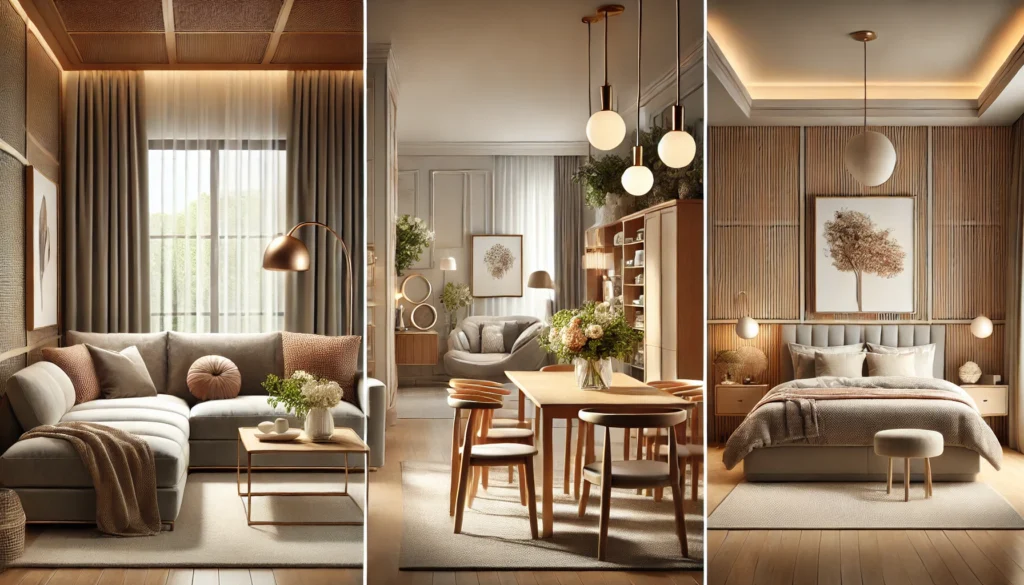
Before you start shopping, consider the purpose of each room and how you plan to use it. For example:
Living Room: Focus on comfortable seating and a functional layout for family gatherings or entertaining guests.
Bedroom: Prioritize a bed with quality support, bedside tables, and sufficient storage solutions.
Dining Room: Think about the size of your family and whether you host guests often.
Example:
If you love hosting movie nights, a sectional sofa with ample seating space may be the perfect addition to your living room.
2. Measure Your Space
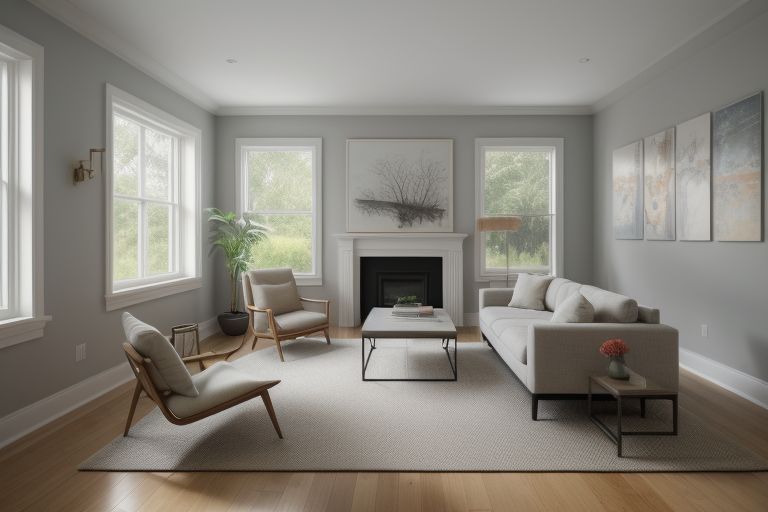
Accurate measurements are essential to ensure your furniture fits well without overcrowding the room. Measure the dimensions of your space, including doorways and windows, to avoid purchasing pieces that are too large or too small.
Tip:
Use tape to outline where furniture will go. This visual aid will help you determine if the size works before buying.
3. Choose a Style
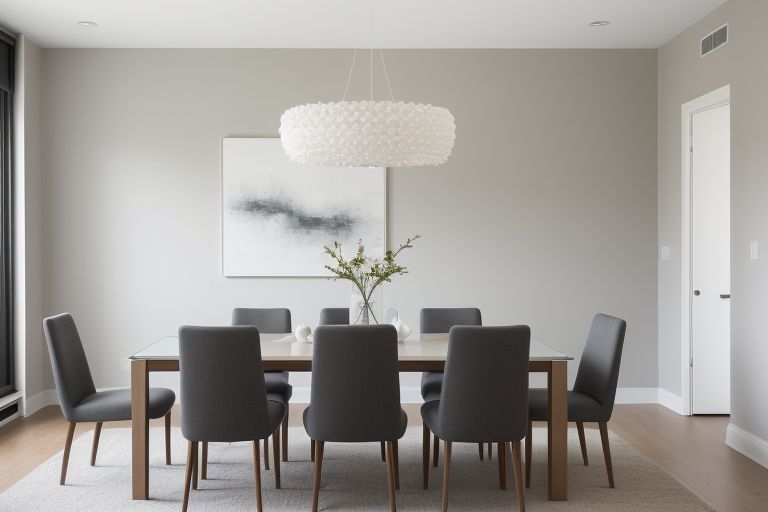
Your furniture should reflect your personal style while harmonizing with the overall design theme of your home. Common interior styles include:
Modern: Sleek lines, minimalist designs, and neutral colors.
Traditional: Ornate details, rich colors, and classic shapes.
Bohemian: Eclectic pieces with vibrant patterns and textures.
Example:
For a modern home, consider pieces like a glass-top dining table paired with upholstered chairs in neutral tones.
4. Prioritize Comfort and Quality
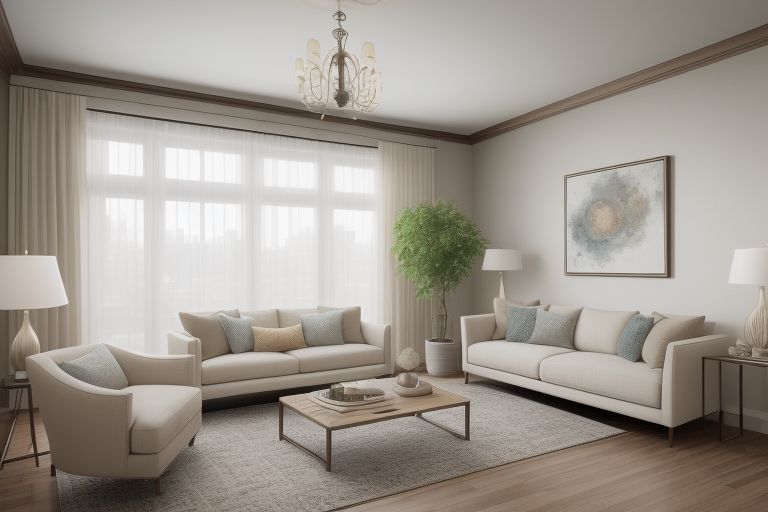
Furniture is an investment, so prioritize comfort and durability. Look for high-quality materials such as solid wood, metal, or durable upholstery fabrics. Test the comfort level of sofas and chairs before purchasing.
Tip:
When shopping for a bed, don’t just focus on the frame—choose a high-quality mattress to ensure a good night’s sleep.
5. Optimize Storage Solutions
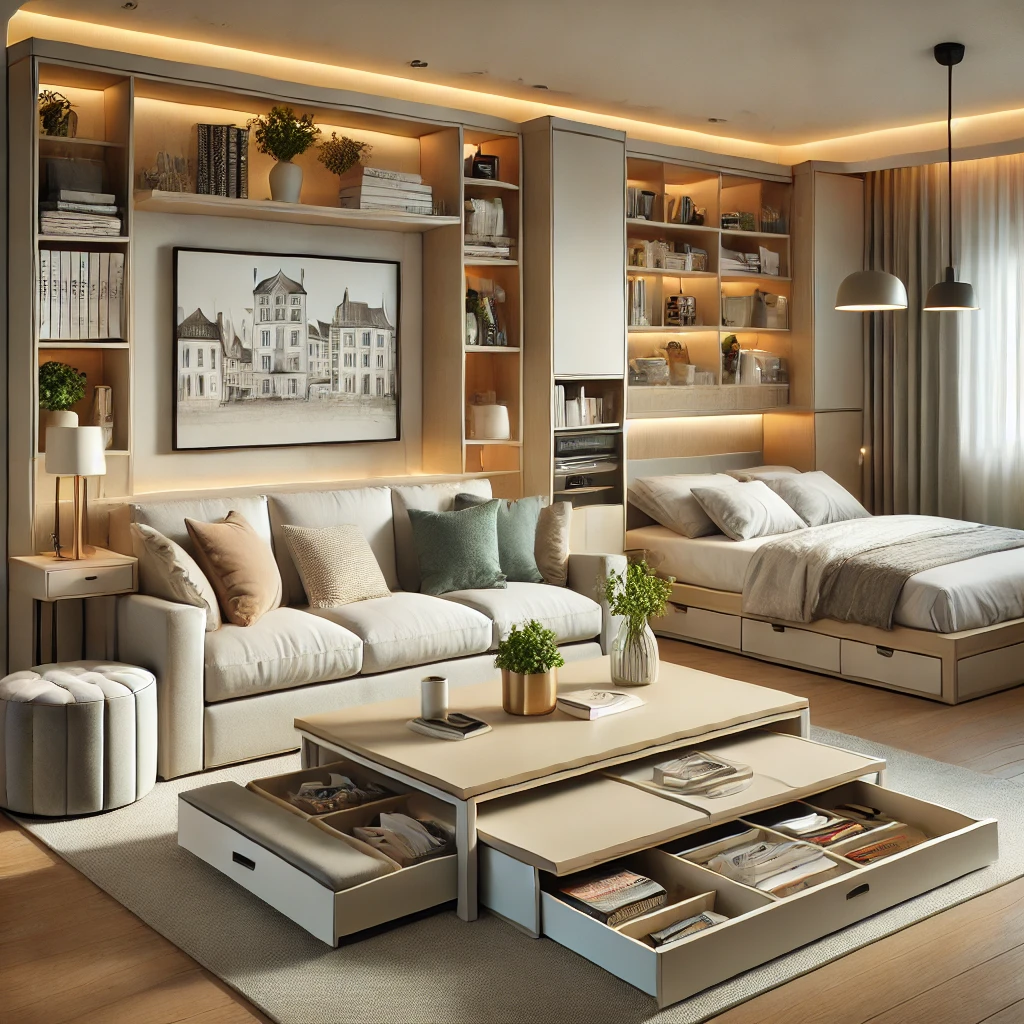
Furniture with built-in storage helps you maximize space, especially in smaller homes. Examples include:
Ottomans with hidden storage
Beds with drawers underneath
Wall-mounted shelves
Example:
A coffee table with a lift-top can double as a workspace and storage area for books or remotes.
6. Consider Proportions and Layout

Furniture should be proportionate to the size of the room. Avoid oversized pieces in small spaces, and balance larger rooms with appropriately scaled furniture.
Tip:
Follow the “2:3 rule”: Keep furniture arranged in a way that it takes up no more than two-thirds of the room’s available space.
7. Match Colors and Textures
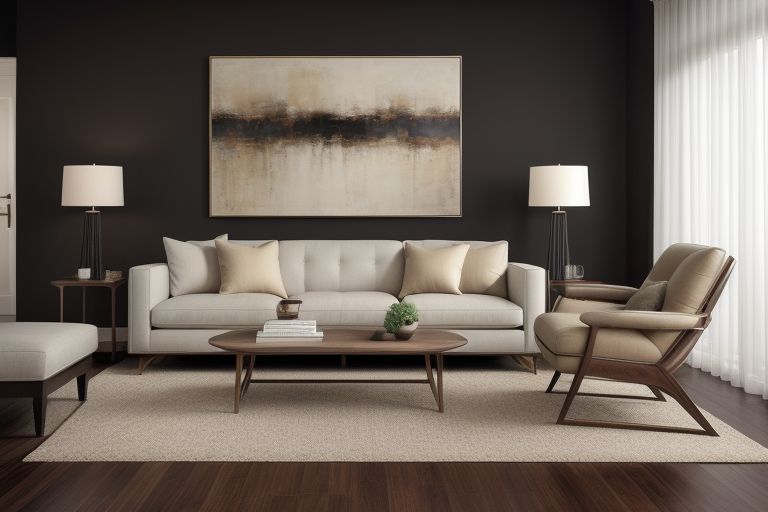
Select furniture colors and textures that complement your walls, flooring, and decor. Use contrasting tones to create visual interest, but ensure the overall look is cohesive.
Example:
Pair a dark leather sofa with a light-colored rug and throw pillows to add depth to your living room.
8. Budget Wisely
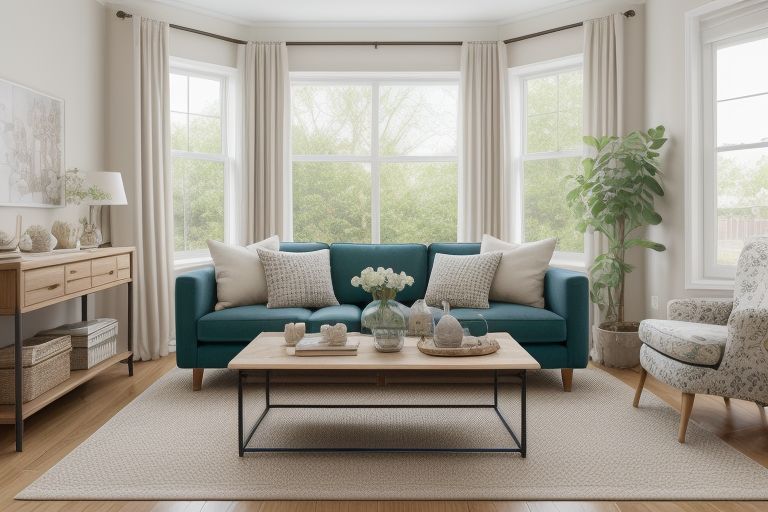
Determine your budget before you start shopping. Allocate more for key pieces like sofas and beds while saving on accent furniture or accessories.
Tip:
Look for seasonal sales or consider purchasing second-hand furniture for high-quality pieces at lower prices.
9. Test Before Buying
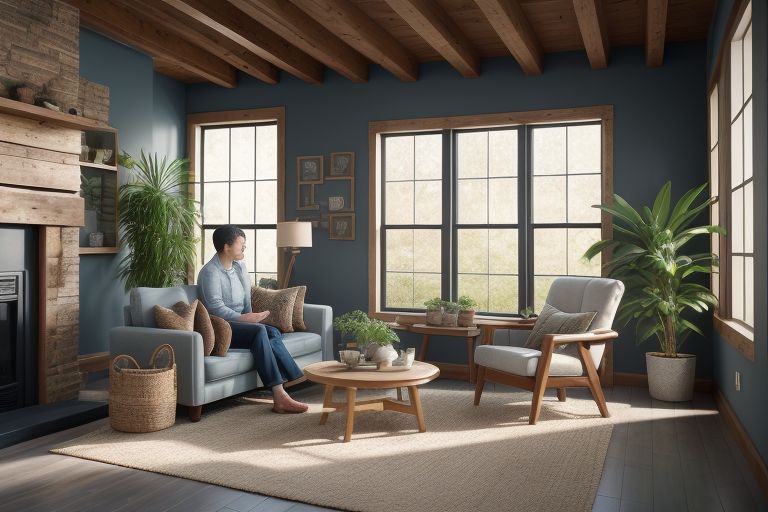
If possible, visit a furniture store to see and feel the pieces in person. Sit on chairs, lie on beds, and check the sturdiness of tables to ensure they meet your standards.
Example:
A chair that looks great online may not be as comfortable or sturdy as you expect when tested in person.
10. Incorporate Multi-Functional Furniture
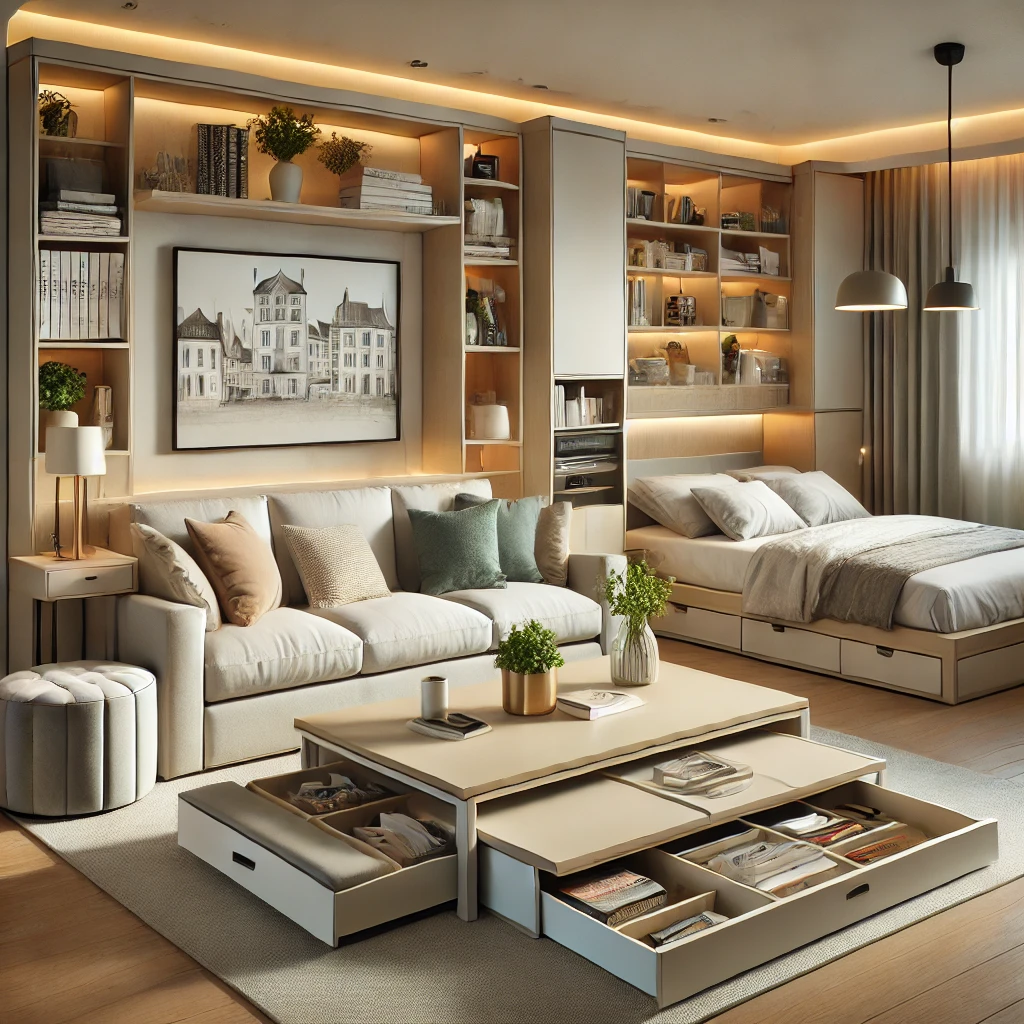
Multi-functional furniture is perfect for modern living, especially in smaller homes. Examples include:
Sofa beds for guest rooms.
Foldable dining tables for compact spaces.
Convertible desks that double as storage units.
11. Don't Forget the Details

Small details like handles, legs, and finishes can elevate the overall look of your furniture. Choose hardware and accents that align with your design theme.
Tip:
Swap out generic knobs and handles with custom or vintage options for a personalized touch.
12. Plan for the Long-Term
Trendy furniture may look appealing now, but timeless designs will stand the test of time. Opt for classic pieces that can adapt to evolving decor styles.
Example:
A neutral-colored sofa can be styled differently over the years with new cushions and throws.
Final Thoughts
Choosing the perfect furniture is about balancing functionality, style, and comfort. By following these tips for home furniture selection, you can create a space that reflects your personality while meeting your practical needs. Remember to take your time, plan carefully, and invest in pieces that make your house feel like a home.